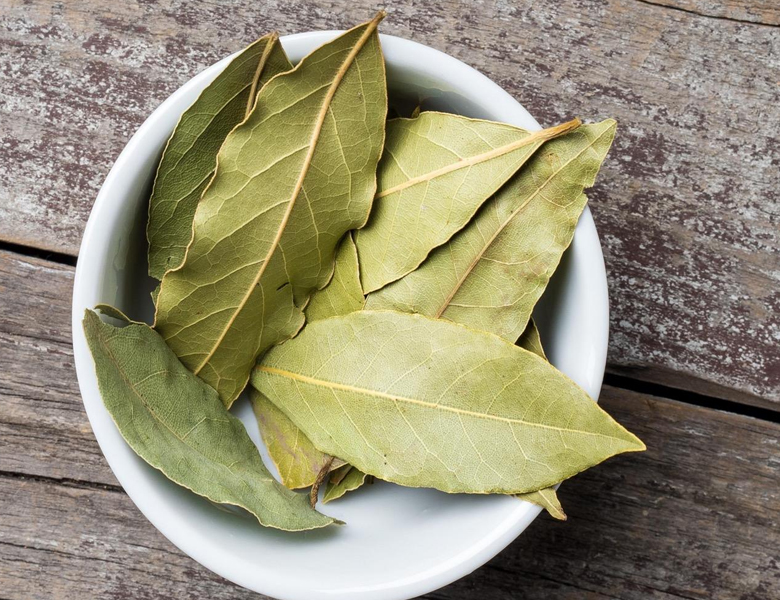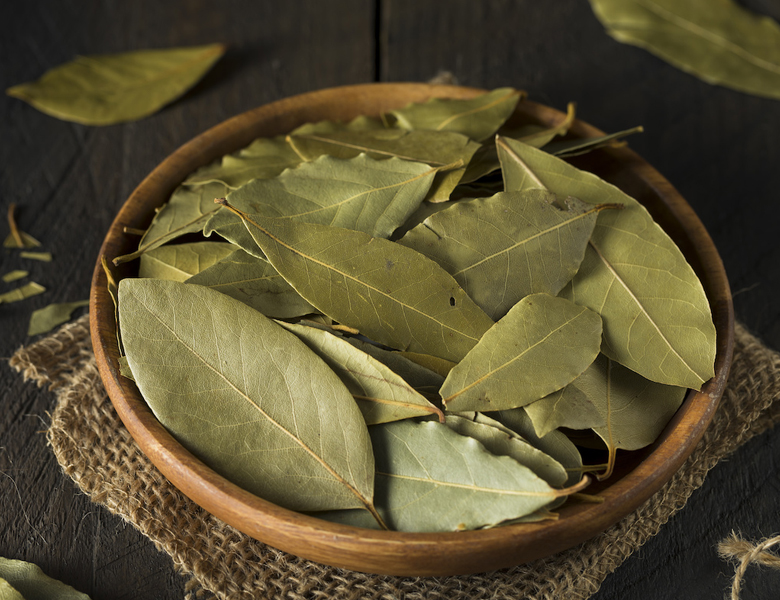Indian Name: TejPatta
Scientific Name: Laurusnobilis L.
Other Names
Spanish: Laurel
French: Laurier
German: Lorbeer
Swedish: Lager
Arabic: Ghar
Dutch: Laurier
Italian: Alloro
Portuguese: Loureiro
Russian: Laur
Japanese: Gekkeiju
Chinese: Yuch-Kuei

Indian Name: TejPatta
Scientific Name: Laurusnobilis L.
Other Names
Spanish: Laurel
French: Laurier
German: Lorbeer
Swedish: Lager
Arabic: Ghar
Dutch: Laurier
Italian: Alloro
Portuguese: Loureiro
Russian: Laur
Japanese: Gekkeiju
Chinese: Yuch-Kuei

Bay leaf is a leaf of the sweet bay tree (Laurusnobilis), an evergreen of the family Lauraceae, indigenous to countries bordering the Mediterranean. It is a native of the Mediterranean and grows widely in the scrubland woods in Europe and California. It is widely cultivated in Europe, America, and Arabian Countries.

It is an evergreen shrub with a height of 15-20 meters. The upper surface of the leaf is glabrous and shiny, olive green, and the lower surface is dull olive to brown with a prominent rib and veins. The size of the leaves is ranging from 2.5 to 7.5 cms in length 1.6 to 2.5 cms in breadth. The shape is elliptical and tapering to a point at the base and tip of the leaves.

The aroma of the crushed leaves is delicate and fragrant. If eaten whole, bay leaves are pungent and have a sharp, bitter taste. As with many spices and flavourings, the fragrance of the bay leaf is more noticeable than its taste. When dried, the fragrance is herbal, slightly floral, and somewhat similar to oregano and thyme. Myrcene, which is a component of many essential oils used in perfumery, is extracted from bay leaf. They also contain eugenol.

It is an herb that is commonly used in cooking. Bay leaves may be used as fresh, dried, ground, or whole. The presence of vitamin A and C along with folic acid and various minerals makes it a nutrient-dense herb. Bay leaves add flavor to popular dishes like soups, stews, and other savoury dishes. The leaves and oil are also used to make medicine. They are helpful in treating —
© 2020 Nesbee. All rights reserved. Privacy Policy